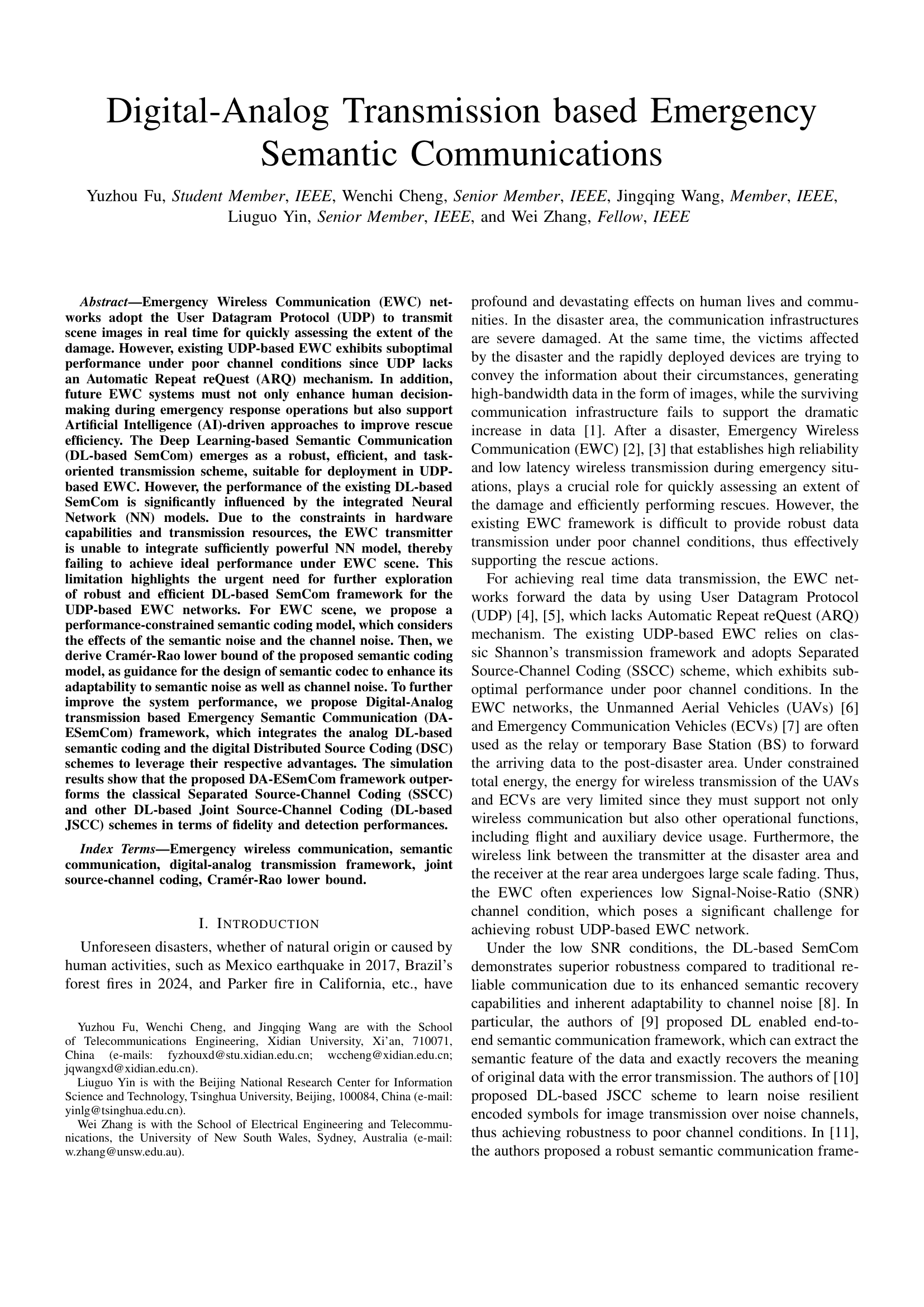Command Palette
Search for a command to run...
{ Gabriel J. Brostow Michael Firman Oisin Mac Aodha Clement Godard}

Abstract
Per-pixel ground-truth depth data is challenging to acquire at scale. To overcome this limitation, self-supervised learning has emerged as a promising alternative for training models to perform monocular depth estimation. In this paper, we propose a set of improvements, which together result in both quantitatively and qualitatively improved depth maps compared to competing self-supervised methods. Research on self-supervised monocular training usually explores increasingly complex architectures, loss functions, and image formation models, all of which have recently helped to close the gap with fully-supervised methods. We show that a surprisingly simple model, and associated design choices, lead to superior predictions. In particular, we propose (i) a minimum reprojection loss, designed to robustly handle occlusions, (ii) a full-resolution multi-scale sampling method that reduces visual artifacts, and (iii) an auto-masking loss to ignore training pixels that violate camera motion assumptions. We demonstrate the effectiveness of each component in isolation, and show high quality, state-of-the-art results on the KITTI benchmark.
Benchmarks
| Benchmark | Methodology | Metrics |
|---|---|---|
| monocular-depth-estimation-on-kitti-eigen-1 | Monodepth2 M | absolute relative error: 0.115 |
| monocular-depth-estimation-on-kitti-eigen-1 | Monodepth2 S | absolute relative error: 0.109 |
| monocular-depth-estimation-on-kitti-eigen-1 | Monodepth2 MS | absolute relative error: 0.106 |
Build AI with AI
From idea to launch — accelerate your AI development with free AI co-coding, out-of-the-box environment and best price of GPUs.